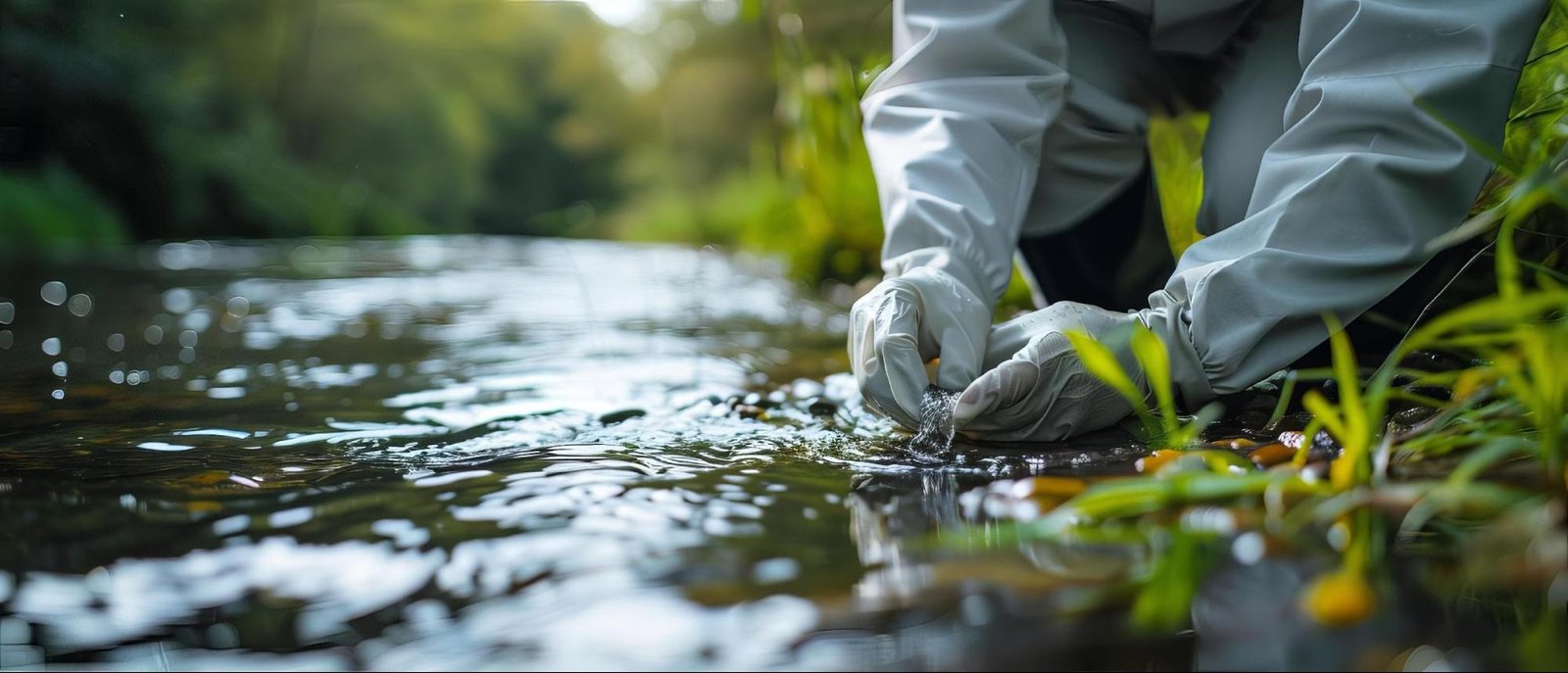
Image: surveyor holding a notepad in field with wildlife.
What are statutory biodiversity credits?
The government will provide statutory biodiversity credits that builders can buy to meet their requirements, which guarantees that BNG (biodiversity net gain) won’t slow down development.
A newly released list from DEFRA provides an estimate for the cost of statutory biodiversity credits. It could be that these credits affect the development cost considerably.
What is the substitute for Statutory Biodiversity Credits?
Biodiversity net gain is a strategy devised to counterbalance the environmental toll taken by development and leave nature unharmed and in a better state. The requirement to deliver at least 10% biodiversity net gain (BNG) on all developments in England now applies to public as well as private development and to brownfield as well as greenfield sites. Failure to achieve this 10% uplift will allow the Secretary of State to withhold necessary planning permissions for future projects.
Developers should use statutory biodiversity credits only as a last resort when they can not find ways to deliver biodiversity on-site or off-site close to the development.
Don’t get “Statutory Biodiversity Credits” mixed up with “biodiversity units”. Credits are obtained via the government, whereas biodiversity units are sourced from habitat banks.
Statutory biodiversity credit prices
Developers are be able to purchase statutory credits from the government. Natural England will sell these on behalf of the Secretary of State, following the guidance set out by DEFRA on pricing.
DEFRA is also working to extend the biodiversity metric, the instrument used to gauge whether an area of development is net biodiversity-positive, to encompass a statutory biodiversity metric. This will help developers to understand precisely how many statutory credits they will need.
DEFRA has a set table of prices for statutory biodiversity credits with the prices being different by habitat type. The difference in price by habitat type is tied to what DEFRA assesses as the value of the habitat. The first is distinctiveness, which refers to the rarity of the habitat and the richness of the species it supports. Priority habitats, which are the most ecologically valuable and the hardest to restore and re-establish once lost, are far and away the types for which we pay the most.
What is meant by the statutory biodiversity credit pricing?
The prices for biodiversity credits are a useful guide for developers in estimating their costs. However, developers should also factor in the statutory biodiversity credit “spatial risk multiplier” when calculating expenses. This multiplier means that, due to the nature of where biodiversity units are being bought and sold, developers will need to purchase two statutory biodiversity credits for every one biodiversity unit they would otherwise need to buy.
The Spatial Risk Multiplier is a way to measure where biodiversity is hurt and where habitats are replaced. This method affects the number of biodiversity credits given to a project. Filling in habitats in different places reduces the project’s credits because it adds a penalty. The penalty happens when the reparation site is far from where the biodiversity loss happens.
You may be paying double the cost of each credit as listed. For example, reedbed wetlands might cost you about £84,000 instead of £42,000, and wooded and forested habitats might cost you about £250,000 instead of £125,000.
Are statutory biodiversity credits the only option?
The law requires that developers use biodiversity credits only when they have no other choice. They should first try to use on-site options that are better for wildlife. But developers usually purchase biodiversity units/credits instead. Why?
Biodiversity units give an easy and quick way to get planning permission as they let developers avoid more careful plans that would actually help wildlife. By forcing developers to really think about wildlife in their projects, using units is a huge lost opportunity.
We have a growing national network of banks and we want these banks to earn high-quality biodiversity units. These units must meet tough planning rules for developers to purchase biodiversity units privately instead of public biodiversity credits from the government.

Image: surveyor with white gloves checking river.
Goal of Biodiversity Surveyors
Our team is making a lot of progress toward a goal, and we’re dedicated to adding a Habitat Bank in every local planning authority in England. This will do two great things: (1) it creates something to give developers instead of the now-more-expensive biodiversity credits and (2) it helps reach the promised conservation required by law.
As we keep growing our network, our team is more likely to be able to organise nearby off-site biodiversity units for developments. Our network is working with LPAs all over England to tell them about our developers’ solutions and do more than just meet BNG laws, as they help support local community nature recovery strategies. These are state-planned sustainable housebuilding solutions that add to economic growth and job creation as they grow thousands of acres of diverse green space that communities can enjoy.
The development-related local delivery commitment we have means that positive results for nature, the environment, and the communities nearby are built-in and expected.
Biodiversity Units from a Habitat Bank
A Habitat Bank provides a new and different model that gives businesses a clear, low-risk, and high-value chance to start changing their environmental impact.
One habitat bank in our network has received an initial investment of about £240 million from the Gresham House British Sustainable Infrastructure Fund. This enables long- lasting recovery projects that are already fully funded for their entire duration.
To make a difference that our network can actually measure, the projects we are involved with aim to boost biodiversity in amazing ways. Now, we’re asking businesses to join us in helping nature recover and share the benefits of our work throughout the life of each project.


